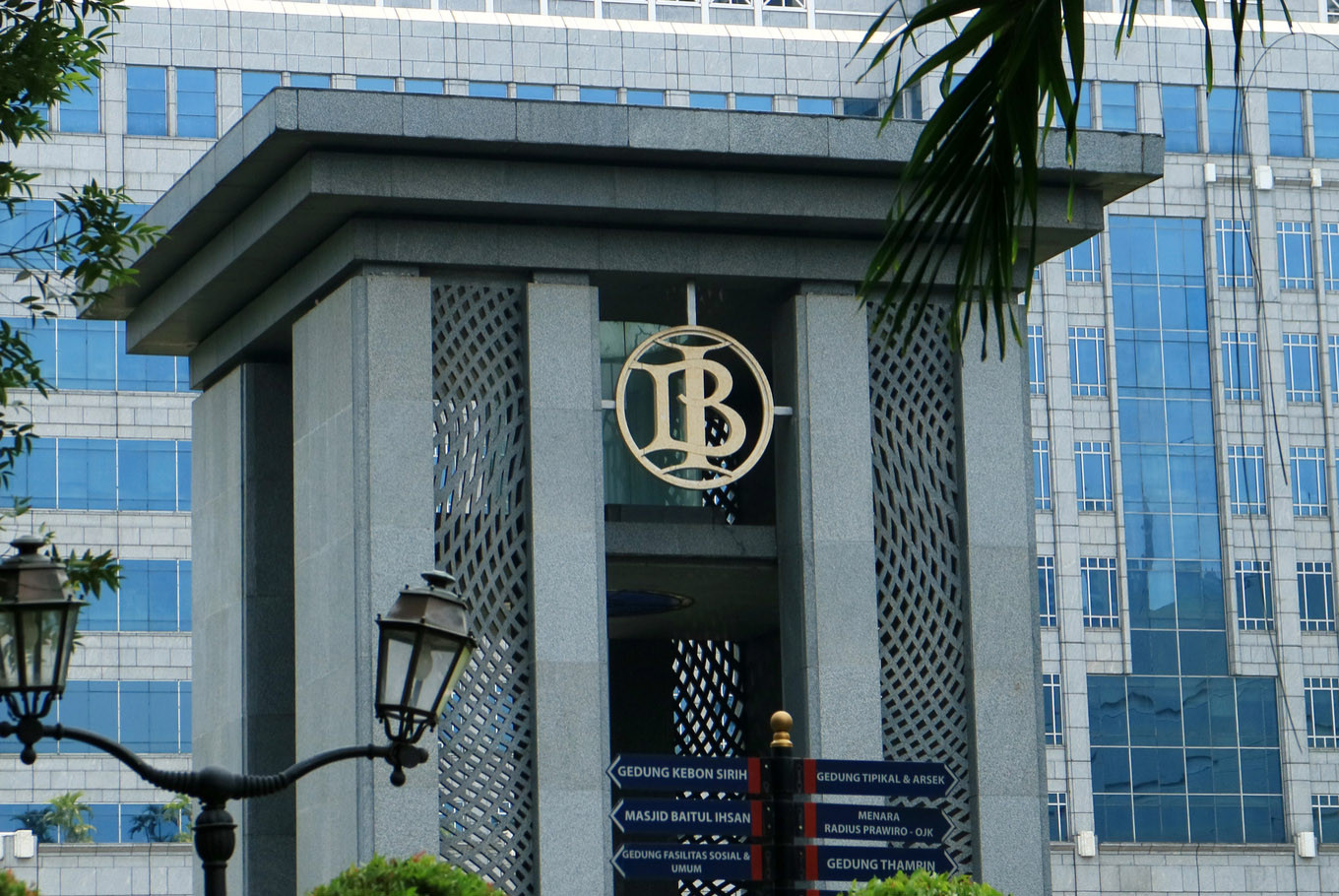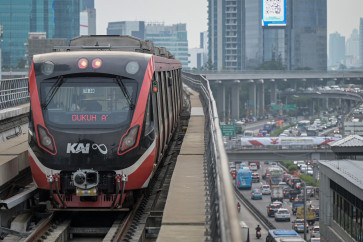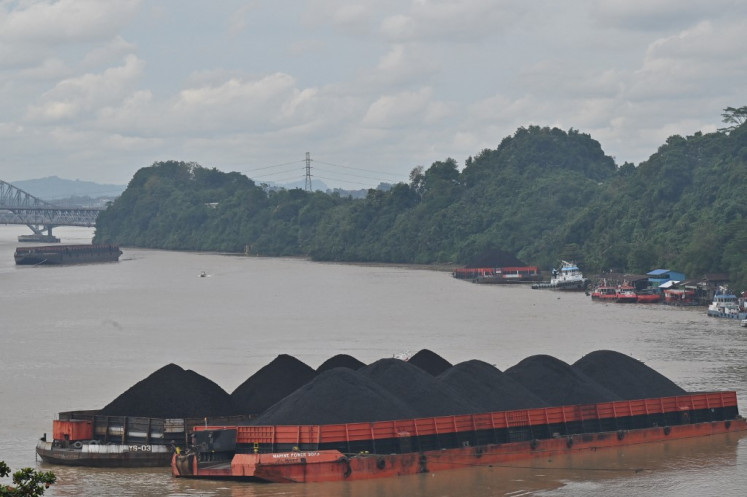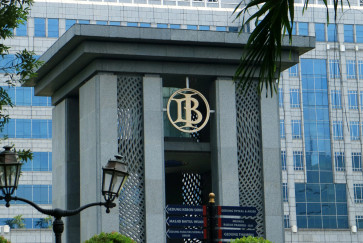Inverted yield curve, global recession and Indonesian economy
Change text size
Gift Premium Articles
to Anyone
 The Bank Indonesia building on Jl. MH Thamrin in Central Jakarta. (Shutterstock.com/Harismoyo )
The Bank Indonesia building on Jl. MH Thamrin in Central Jakarta. (Shutterstock.com/Harismoyo )
R
ecently concerns have been raised over the so-called inverted yield curve in the United States. A yield curve represents the returns of a collection of bonds, usually government bonds, with a similar credit quality across different maturities, usually from three months until 30 years.
In normal conditions, a yield curve is upward-sloping because short-term bonds have a low return or yield, and as the bond maturity gets longer, the yield becomes higher due to the risks associated with time.
An inverted yield curve means that long-term bonds have a lower yield than short-term bonds. In other words, investors demand more long-term bonds, which increase the prices and lower the yields. Simultaneously, demand for short-term bonds drops and increases their yield.
Why does it matter? Since 1955, every recession in the US has been preceded by an inverted yield curve (at times it happened months or years before the recession). Hence, when the rate on 10-year US Treasury notes fell below the two-year notes in August for the first time since 2007, which created an inverted yield curve, investors became afraid that this signals a looming recession.
Despite its strong track record, many still question the reliability of an inverted yield curve as an indicator of a recession. The former chairman of the US Federal Reserve, Janet Yellen, said that the inverted yield curve might not be such a good signal because of the presence of many possible factors that might push down the long-term yields.
In the end, even if this inverted yield curve is followed by a recession, as previous cases have shown, it might take months or even years before the recession really happens.
Regardless of its reliability, we still need to be cautious about what will happen next. To say the least, the risk of the US economy falling into a recession is still there. For instance, US employment data reveals that total nonfarm payrolls only increased by 130,000 in August.
















